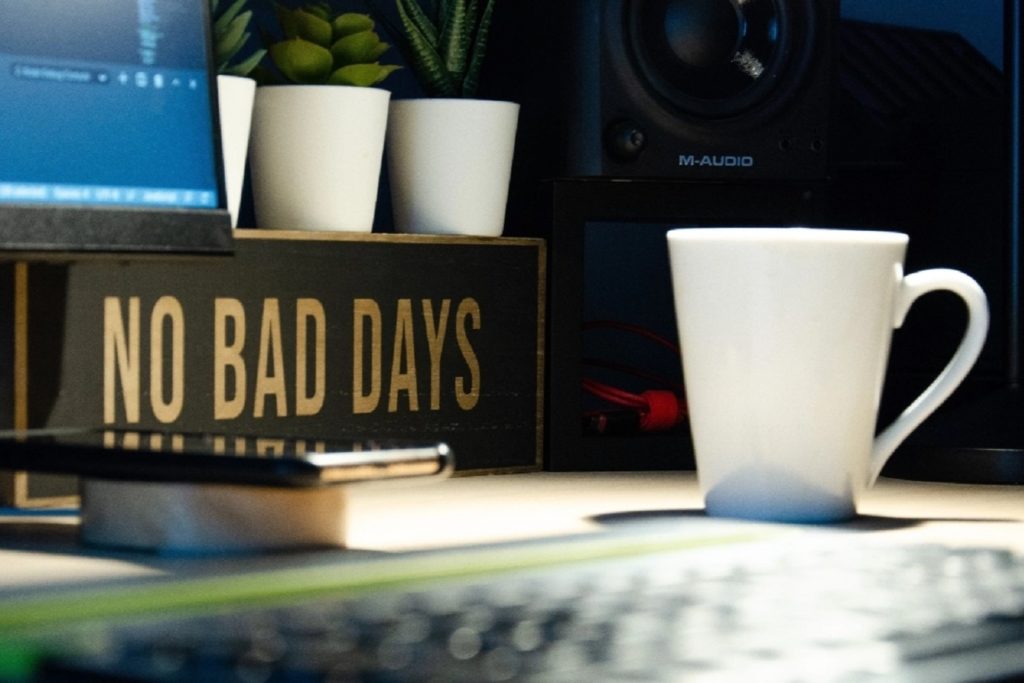In today’s fast-paced world, we are always on the go, constantly juggling multiple tasks and responsibilities. The pressure to be productive and achieve more with our time is never-ending. We often find ourselves filling every waking moment with activity, thinking that this is the only way to get ahead.
But is this really the case?
In Australia, we work 3.2 billion hours a year in unpaid overtime, have 134 million days of accrued annual leave, and 3.8 million of us don’t take lunch breaks. We seem to have become ‘rest resistant’. We are addicted to being busy, and it’s preventing us from getting the rest we need to perform at our best.
The truth is that filling every moment of our day with activity can actually be hampering our productivity. It can leave us feeling exhausted, overwhelmed, and burnt out. We need to learn how to take back control of our time, so we are not constantly operating at 100 per cent plus capacity.
Build in a 15% buffer at work
Operating at 85% capacity ensures we maintain our energy resources long-term and avoid suffering from burnout. When we leave a 15% buffer in our day, we reserve adaptive capacity for anything urgent and unexpected that may pop up. This way, we’re not caught off-guard, and we have time to address the issue without having to play catch up later with the tasks we set aside. This can be as simple as protecting 15% of my time in my diary (about 1 hour per day), or not pushing myself so hard, like taking short breaks throughout the day.
Our capacity is a product of our time, energy, and attention. While energy and attention are a little harder to quantify than time available, it’s our margin that will have the biggest impact on them. As little as a 15% margin gives us the space and additional resources to avoid burnout and take care of ourselves.
We need space to think
The irony is that if we are to be more productive, to come up with good ideas and reach good decisions, we need to slow down and do less. The three steps to create more thinking space are:
- Decelerating — slowing down or stopping, taking time out just to pause and be.
- Decompressing — letting off the pressure. A great way to release pressure in the brain is by writing things down, removing the need to hold everything at the front of the mind.
- Deciding — now that I have stopped and taken stock, what are the most important things I need to be doing next.
It’s a bit like spring cleaning, we generally get better results if we take everything out and put back only what needs to be there.
Avoid burnout
In the short term, it may seem like working non-stop, staying up late, and filling every waking moment with activity is the key to productivity. However, in the long term, this approach can lead to burnout, exhaustion, and a decline in overall well-being. Time is our most precious commodity, and it is essential to use it wisely and create a life by design.
Before telling ourselves that creating more free space is impossible, it is important to challenge that thought and consider what steps we can take to build more margin into our lives. By becoming more conscious of our own working styles and the volume of work we need to complete, we can become more aware of our capacity and what’s possible to achieve in the time we have available.
This article was first published by SmartCompany.

